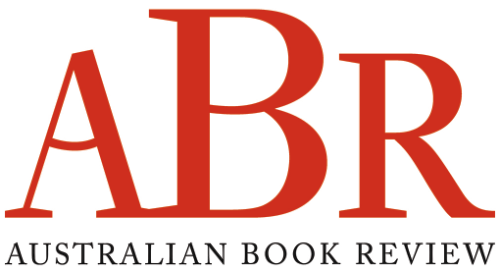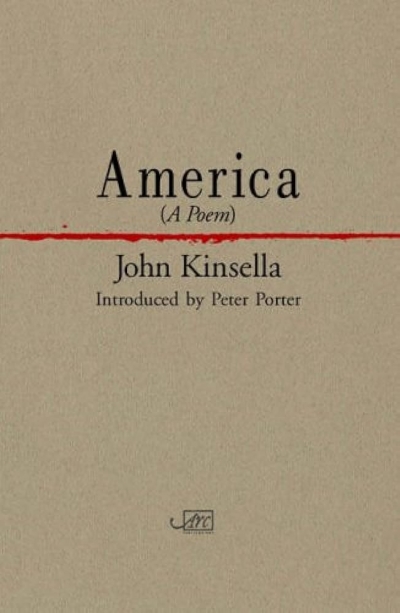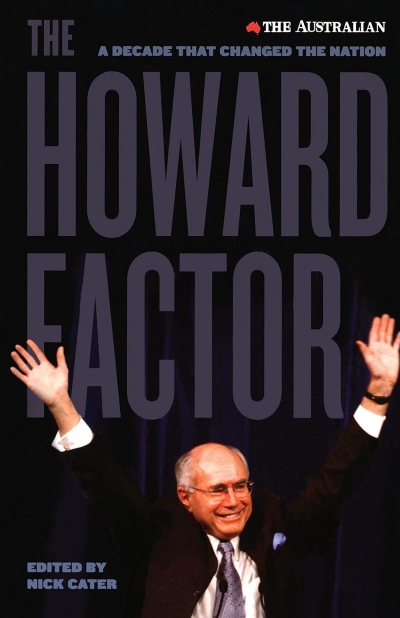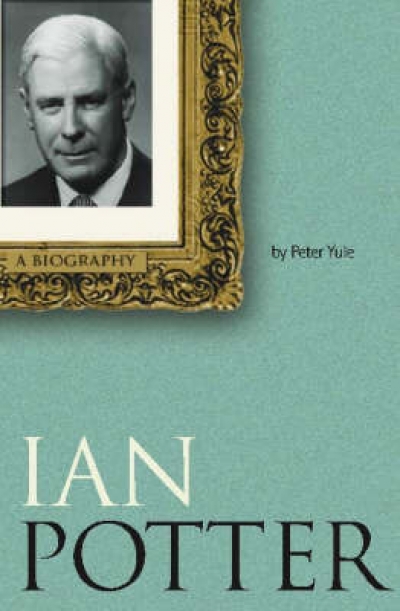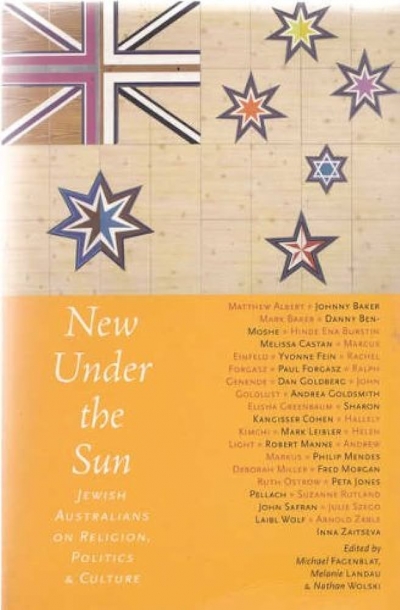Accessibility Tools
- Content scaling 100%
- Font size 100%
- Line height 100%
- Letter spacing 100%
Archive
The Divided Self: Israel and the Jewish psyche today by David J. Goldberg
by Geoffrey Levey •
The Flower, The Thing by M.T.C. Cronin & The Last Tourist by Jane Williams
by Rose Lucas •
The Howard Factor edited by Nick Carter & The Longest Decade by George Megalogenis
by Neal Blewett •
New Under the Sun: Jewish Australians on religion, politics and culture edited by Michael Fagenblat, Melanie Landau and Nathan Wolski
by Tamas Pataki •
Owen Richardson’s review of D.B.C. Pierre’s novel Ludmila’s Broken English (ABR, May 2006) was a bit harsh – not to mention mean-spirited and way off the mark. As a Texan, I can tell you that Pierre nailed the big-haired women who surrounded Vernon. I, for one, was immediately transported back to small-town Texas. Pierre has the most unique voice I’ve read in a long, long time. ‘Sophomoric and tritely executed satire’? No. It is very funny, it is original and it rings true.
... (read more)The Architecture of Neil Clerehan by Harriet Edquist and Richard Black
by Dimity Reed •
